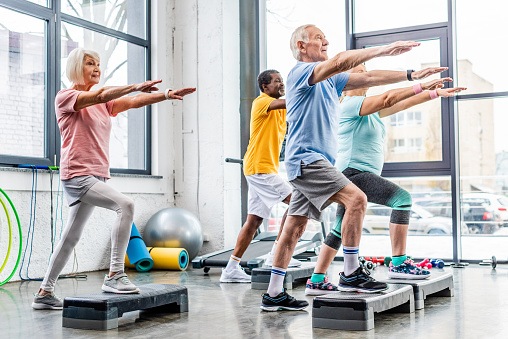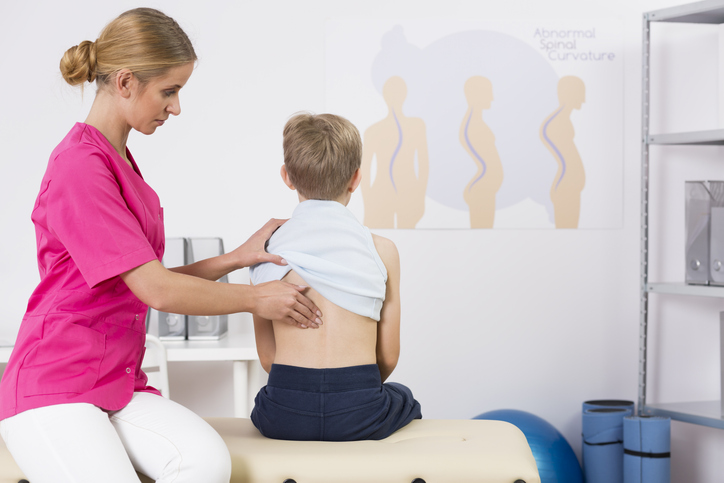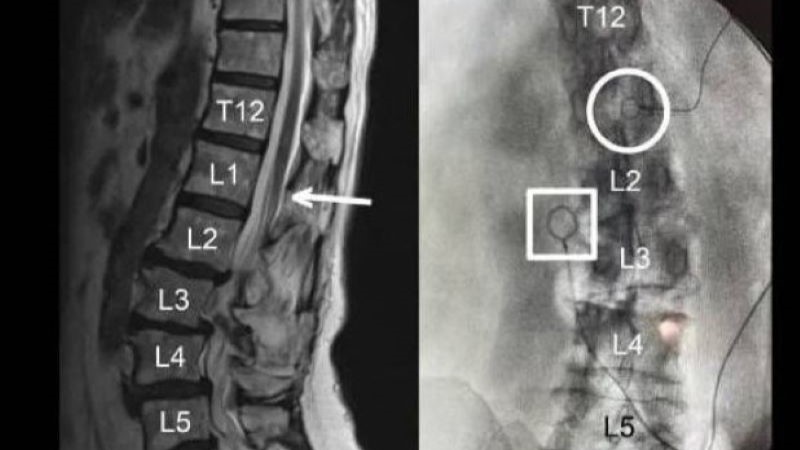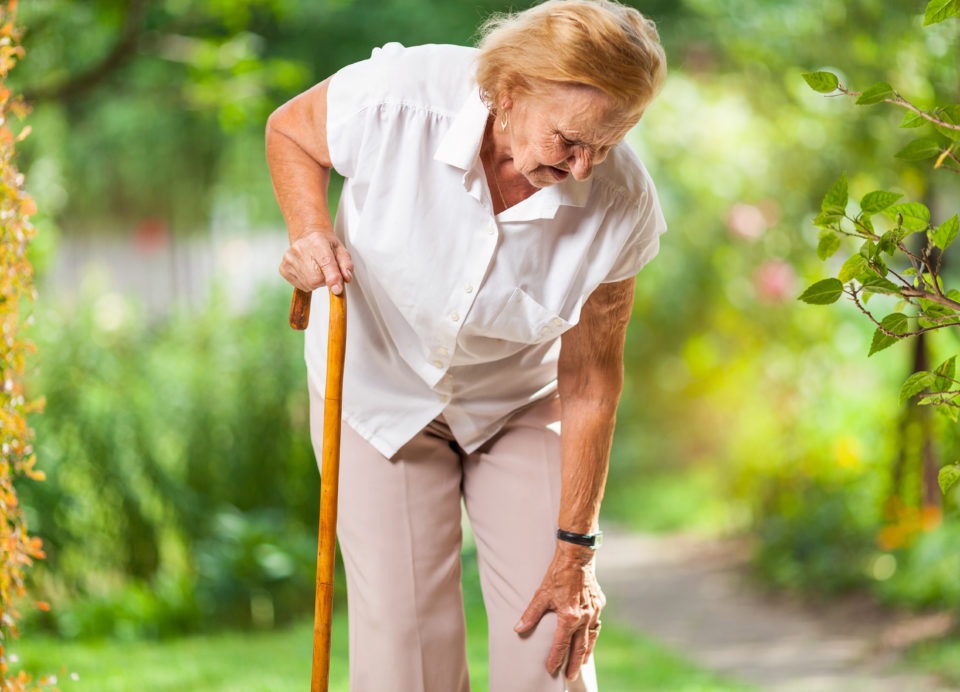
Total knee replacement (TKR) patients with a positive self-reported exercise identity may have some better physical outcomes than those with a negative exercise identity, according to a study. The findings were presented at the American College of Rheumatology/Association of Rheumatology Professionals Annual Meeting.
“Following knee replacement, patients see an improvement in both function and pain, but physical activity often remains at pre-operative levels. One possible influence on an individual’s physical activity may be their exercise identity,” the study authors wrote; they defined exercise identity as “the degree to which one views themselves as an exerciser.”
The study authors explored the association between positive versus negative exercise identity and objectively measured steps per day and minutes per day spent upright, standing, and stepping. Patients aged between 40 and 79 years were recruited from their first postoperative outpatient physical therapy appointment. Patients self-reported exercise identity through an online questionnaire. The survey included nine questions patients answered to rate their feelings about exercise; responses were given using a five-point Likert scale, where 1 indicated “strongly disagree” and 5 indicated “strongly agree.” The sum of the points from all nine questions equaled the patient’s exercise identity; these data were used to stratify patients into two groups: positive exercise identity patients had a score of 30, and negative exercise identity patients had a score ≤29. For one week patients wore an activPAL monitor, which includes a daily step counter and estimates average daily minutes spent upright, standing, and stepping. The study authors employed independent t-tests to determine whether objectively measured physical outcomes differed between the two groups.
Final analysis included 19 patients (average age, 63.0±7.4 years; body mass index, 32.8±6.2 kg/m2). Collectively, the group had an average 5.6 valid days of wearing the activPAL. The positive exercise identity group, compared to the negative identity group, had significantly more steps per day (5,145±2,034 vs. 3,128±1,578) as well as minutes spent upright (283.9±96.8 vs. 170.7±61.4), standing (203.4±70.2 vs. 121.0±40.8), and stepping (80.6±31.6 vs. 49.7±22.3).
The study authors concluded that TKR patients with positive exercise identity, compared to those with negative, took significantly more steps and spent significantly more daily minutes upright, standing, and stepping. They recommended that for future studies, researchers take this into consideration to customize physical activity interventions based on a patient’s personal exercise identity: “If a participant identifies negatively with exercise, different strategies may be required to increase activity than if the participant identified positively with exercise.”







 © 2025 Mashup Media, LLC, a Formedics Property. All Rights Reserved.
© 2025 Mashup Media, LLC, a Formedics Property. All Rights Reserved.